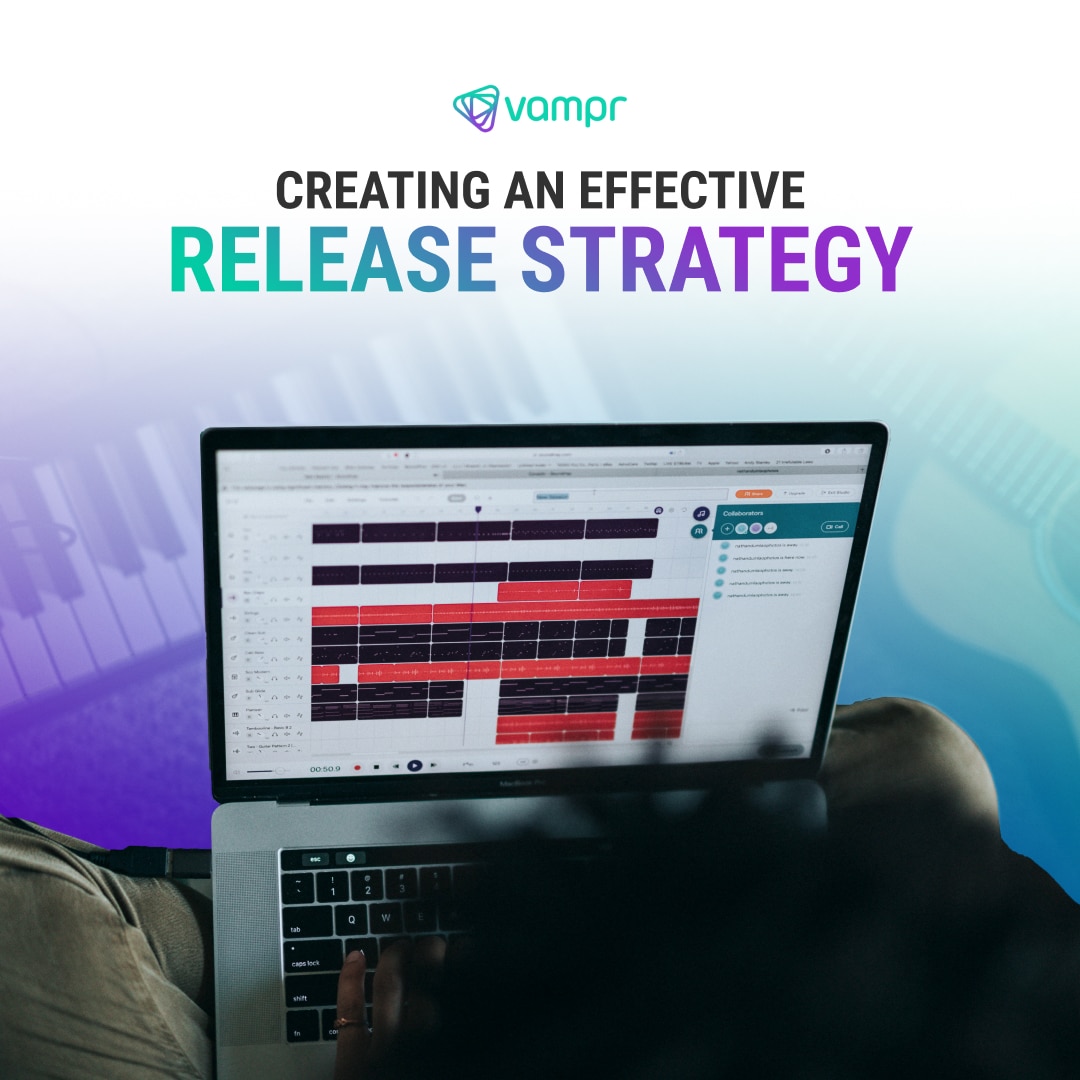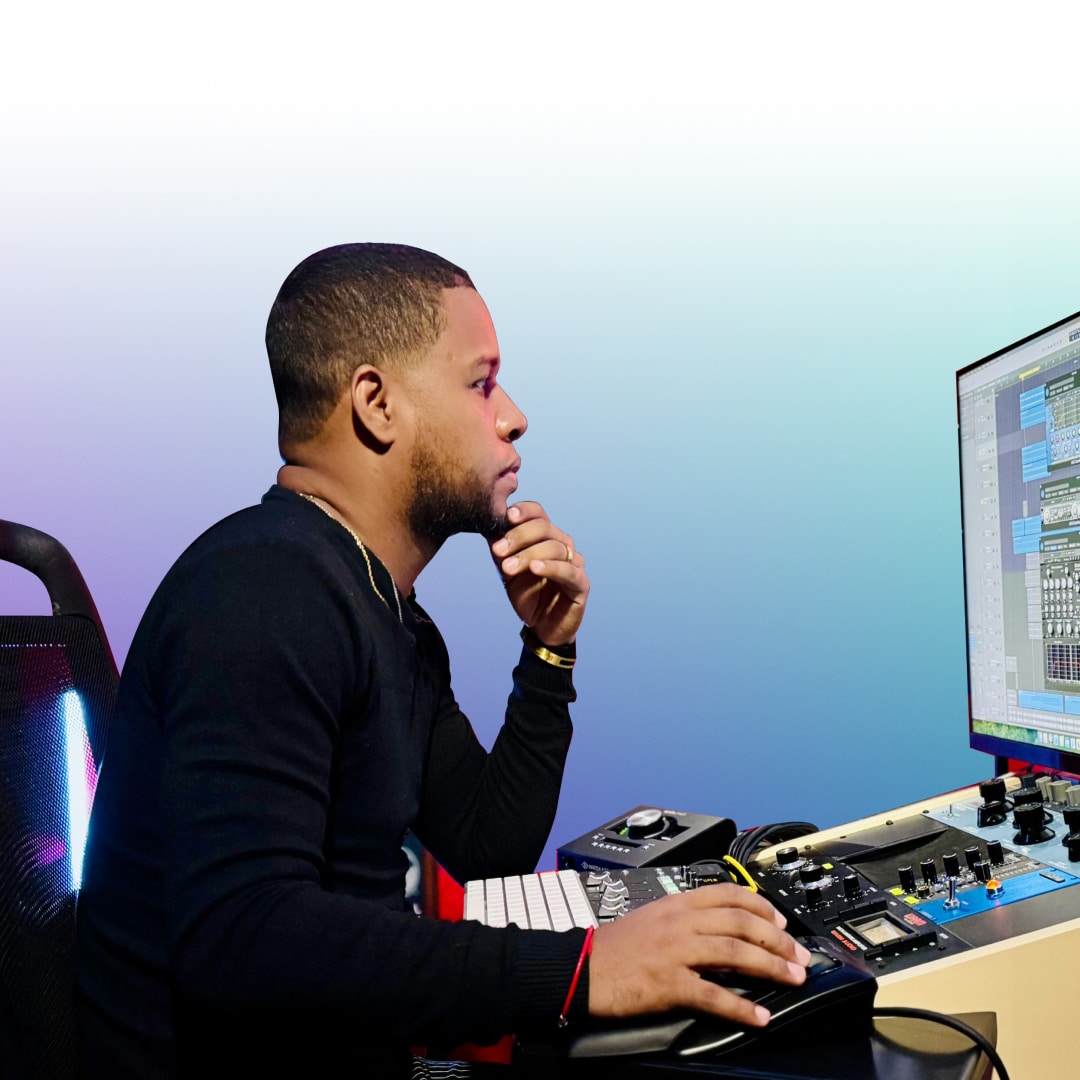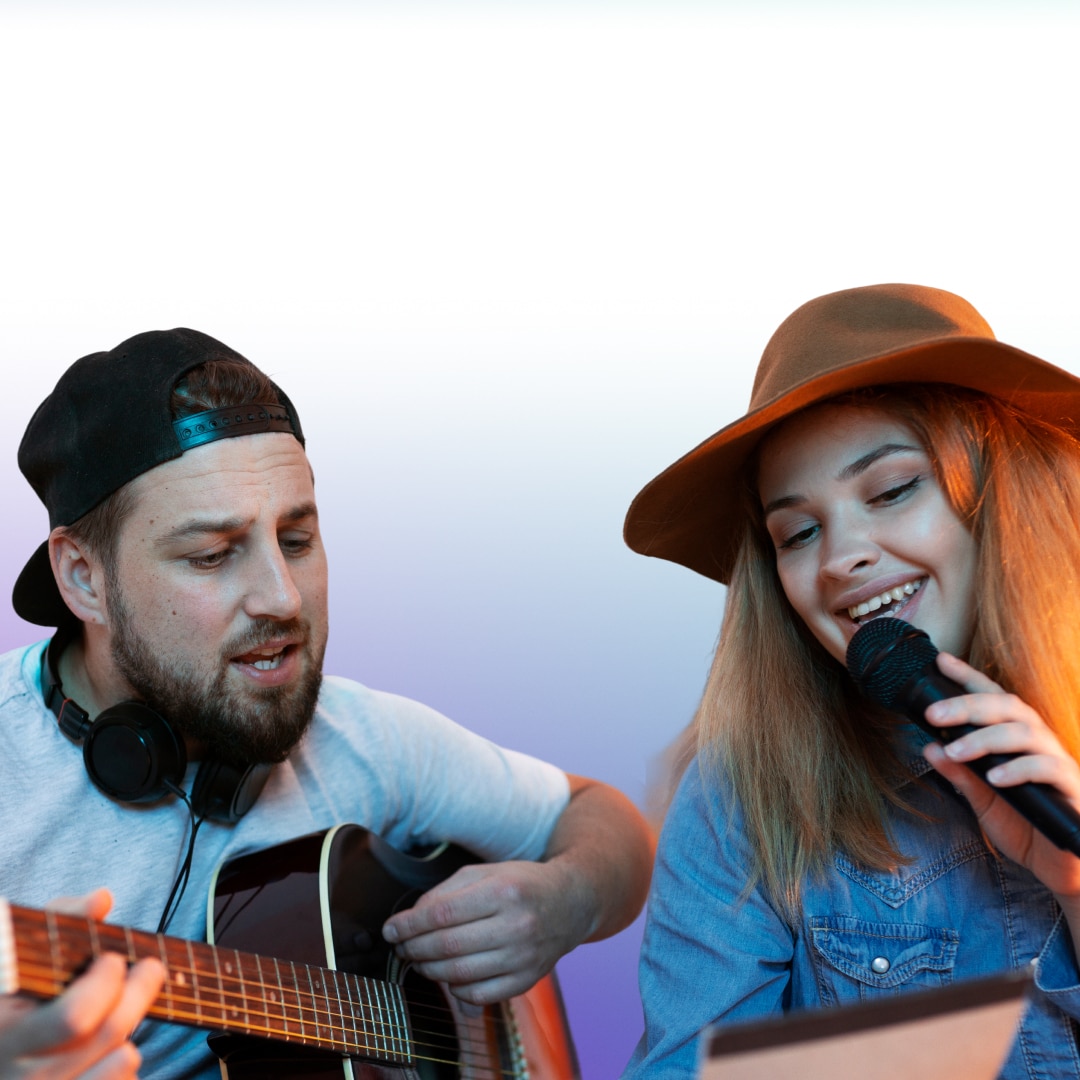Releasing music is one of the most exciting yet challenging aspects of being an artist. Simply dropping your tracks without a plan won’t get the results you’re hoping for, especially in today’s saturated music industry. A well-thought-out release strategy can help you maximize your impact, reach new fans, and build long-term success. This guide will walk you through the step-by-step process of creating an effective release strategy for your music.
1. Set Clear Goals for Your Release Strategy
Before you start planning, it’s essential to define what you want to achieve with your release. This will shape your entire strategy.
- What do you want to achieve? Your goal could be growing your fanbase, landing on playlists, increasing your streaming numbers, or getting media attention.
- What is your target audience? Identify the type of listeners you want to attract, whether they’re fans of a specific genre or people in a particular region.
- How will you measure success? Whether it’s streams, social media engagement, or new followers, knowing how you’ll gauge your success is key.
2. Plan Your Release Strategy Timeline
Releasing music involves more than just picking a date. You need to build anticipation with a well-paced release timeline that covers pre-release, launch day, and post-release phases. A solid timeline also gives DSPs (Digital Streaming Platforms) enough time to process your submission.
Pre-release (4-8 Weeks Before Release)
- Submit to DSPs early: Submit your music to platforms like Spotify, Apple Music, and YouTube Music at least 3-4 weeks before your release date. This ensures enough time for playlist consideration and proper promotion.
- Prepare your marketing assets: Create promotional materials like album artwork, teasers, music videos, and social media content. Consistent branding and visuals are important for grabbing attention.
- Engage your fans: Announce the release date on your social channels. Share behind-the-scenes content or snippets of the track to build excitement. Use pre-save campaigns on platforms like Spotify to encourage fans to save your music before it drops.
Release Day
- Maximize your social media presence: Post about your release across all platforms—Instagram, TikTok, Facebook, and Twitter. Share links to DSPs and encourage fans to stream and share the music.
- Email your fanbase: If you have an email list, send out a newsletter announcing the release. Include links to stream or download the music and exclusive content like behind-the-scenes videos or interviews.
- Engage with your audience: Interact with your fans throughout the day by replying to comments, sharing fan stories, or posting live reaction videos.
Post-release (Weeks After Release)
- Promote continuously: Just because your music is out doesn’t mean promotion should stop. Continue sharing content, like live performance videos, remixes, or fan covers.
- Submit to blogs and media outlets: Now that your music is live, reach out to bloggers, playlist curators, and music media for potential coverage. Include your Electronic Press Kit (EPK) and direct links to your tracks.
- Analyze your performance: Use analytics tools from platforms like Spotify for Artists and Apple Music for Artists to track how your music is performing. Use this data to adjust your marketing tactics and learn for your next release.

3. Choose the Right Single
The music you release can shape how your audience and industry professionals view you, so make sure the song or project you’re putting out aligns with your goals.
- Is it the right song? Think about whether the track will resonate with your current fanbase and help attract new listeners. Does it represent your sound and brand?
- Test new material: Consider sharing snippets of multiple songs on social media to see what excites your fans the most. This can guide your decision on which track to lead with.
4. Create a Release Strategy Content Calendar
A successful release hinges on consistent content and engagement. Plan a content calendar to keep your promotion steady and aligned with your release timeline.
- Pre-release teasers: Share teaser videos, snippets, and artwork in the weeks leading up to the release to build hype.
- Exclusive content: Offer exclusive behind-the-scenes looks, acoustic versions, or interviews to give your fans something extra.
- Live performances: Go live on Instagram or YouTube to play your new music or do a Q&A session on release day.
5. Utilize Pre-Save and Pre-Order Campaigns
Pre-save and pre-order campaigns are valuable tools that build excitement and ensure fans will stream or buy your music as soon as it’s out.
- Pre-save on Spotify: This allows fans to automatically add your music to their library once it’s released. Use platforms like Feature.fm or Show.co to set up these campaigns.
- Pre-orders on iTunes: If you plan on selling your music on platforms like iTunes or Bandcamp, set up pre-orders to boost sales on release day.
6. Pitch to DSP Playlists
One of the most effective ways to gain exposure is by getting your music on curated playlists. DSPs like Spotify and Apple Music offer artists the opportunity to pitch their tracks to editors.
- Use Spotify for Artists: When submitting your music through Spotify for Artists, pitch your track for playlist consideration at least 3-4 weeks before release. Include details about the song’s genre, mood, and backstory to increase your chances.
- Independent playlists: Don’t ignore independent playlists curated by fans, influencers, or smaller curators. These can help you reach niche audiences and build momentum.
7. Leverage Social Media and Influencers
Social media is one of your most powerful tools for promotion. Make sure your social media strategy is strong and consistent.
- Create engaging content: Use Instagram Stories, Reels, TikTok, and Twitter to share creative posts about your music. Be authentic, and invite fans into your creative process.
- Collaborate with influencers: Partner with influencers in your genre or niche to promote your release. They can create buzz around your music by sharing it with their followers, which helps build exposure.
8. Engage with Your Fans Throughout the Process
Maintaining a strong connection with your fanbase is crucial for your success. Keep them involved and updated throughout your entire release strategy.
- Personalize your communication: Reply to comments, shout out fans who stream or share your music, and keep your audience in the loop with regular updates.
- Host a listening party: Create a virtual or in-person listening event where fans can hear your music before or right after it drops. This can create a buzz and encourage early listens.
9. Monitor and Learn from the Results
After the release, it’s crucial to monitor how your music performs and adapt your strategy for future projects.
- Analyze DSP analytics: Platforms like Spotify for Artists and Apple Music for Artists offer insights into your listeners’ demographics, engagement rates, and popular tracks. Use this data to plan your next move.
- Refine your strategy: If certain tactics worked well, double down on them for your next release. If others fell short, adjust your approach to improve future results.
A successful release doesn’t happen overnight—it requires planning, strategic promotion, and consistent engagement with your audience. By setting clear goals, planning your timeline, and creating a content-rich campaign, you’ll be well on your way to maximizing your music’s potential on major platforms. Stick to this step-by-step strategy, and each release will help you grow your fanbase, gain more visibility, and move forward in your music career.
Vampr is the ultimate music networking app designed to help you connect with musicians and grow your career. As a leading music industry network, Vampr makes it easy to find music collaborators, join a band, or even find a jam partner. Whether you’re searching for band members or looking to expand your music community platform, this app for musicians streamlines music collaboration like never before. Ready to take your music to the next level? Start networking and create something amazing today!
Vampr makes online music collaboration effortless, helping you find a beatmaker, hire a music arranger, or work with a sound engineer all in one place. Whether you’re looking to find a composer, collaborate with EDM producers, or find a hip hop producer, this platform connects you with the right talent for remote music production. Need professional mixing? Vampr also helps you find a mixing and mastering service and find musicians for recording—so you can bring your music to life with ease.
Vampr is the go-to platform to get work as a musician and find paid music gigs—whether you’re looking for music jobs near me or remote music jobs you can do from anywhere. From landing paid gigs as a musician to securing opportunities to work as a session musician, Vampr connects you with the right people. Need industry support? You can also find a music manager or hire a music manager to help grow your career. Plus, if you’re looking to find a band to join, Vampr makes it easy to connect and start making music today!
Vampr is the ultimate indie musician networking platform, making it easy to find rock musicians, connect with EDM producers, or collaborate on pop music. Whether you’re looking to find hip-hop artists, connect with country songwriters, or find jazz musicians, Vampr helps you build the right creative team. Need to hire classical musicians, find metal band members, or work with electronic music producers?
Vampr is the place to discover and collaborate with talented artists across all genres!
See why Vampr is the #1 app for music industry collaboration and networking










